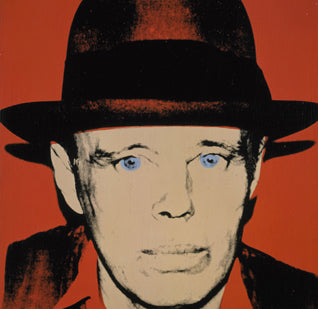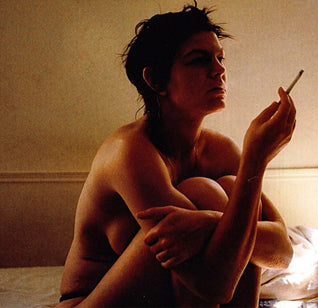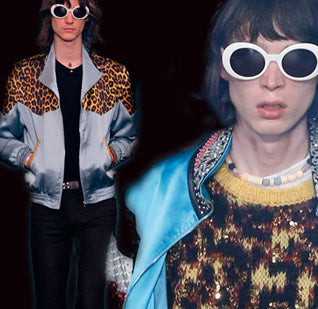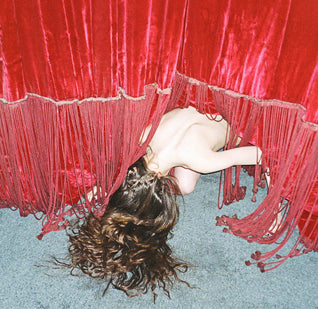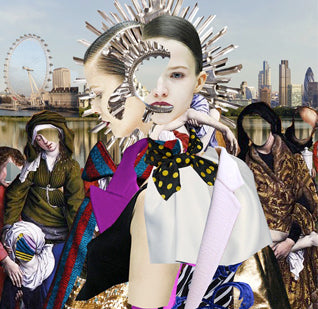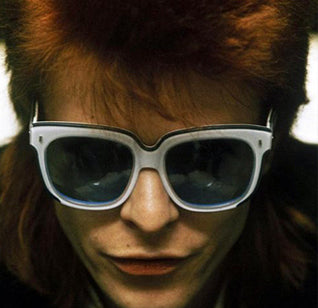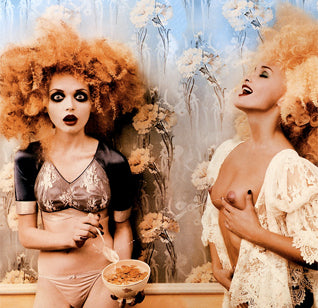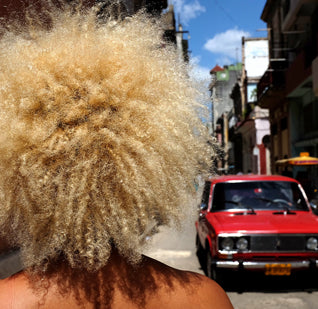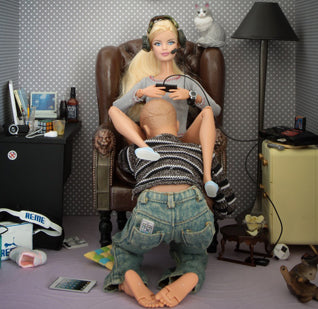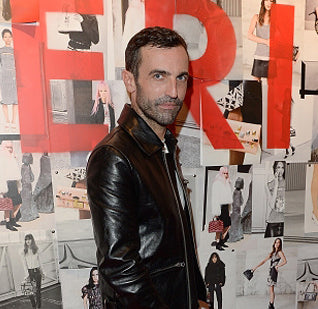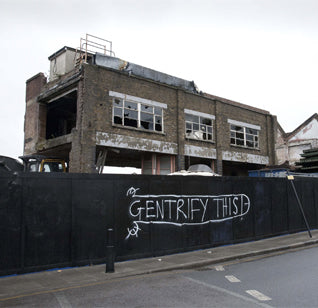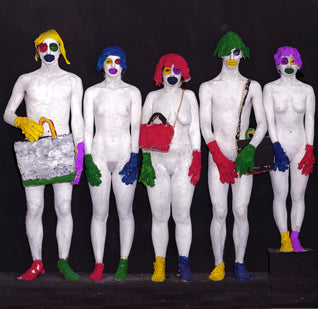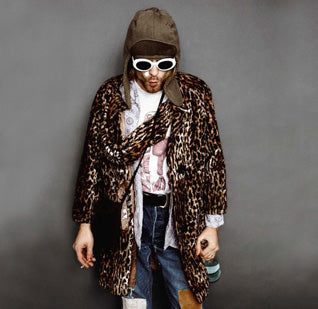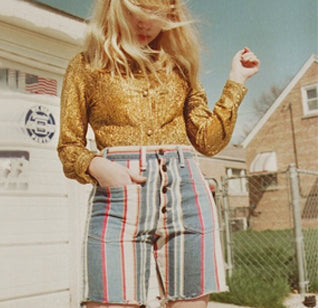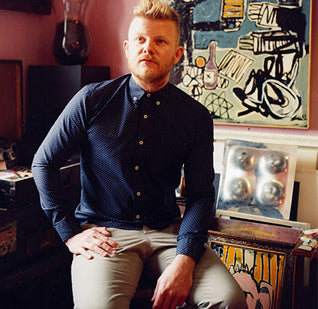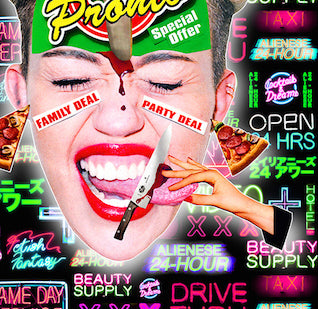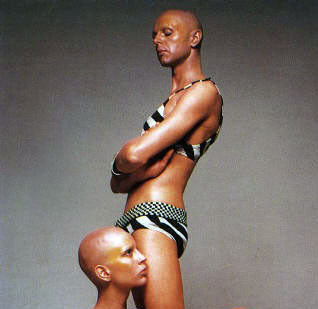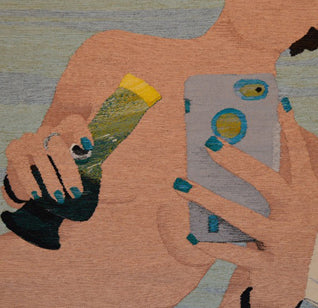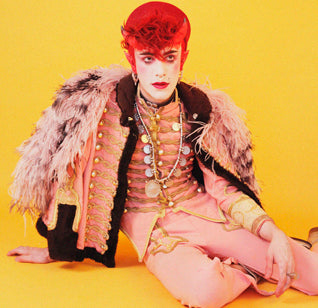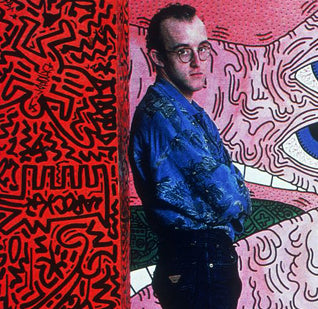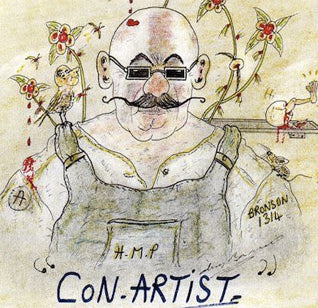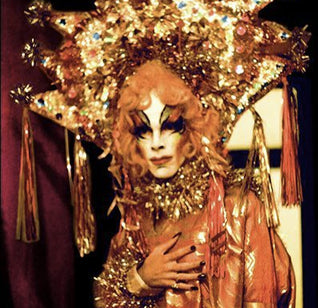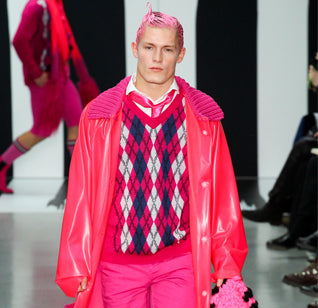ART GONE VIRAL
Performance art videos are paving the way for activism through social media
by Leah Sinclair
Guillermo Gómez-Peña once described performance artists as a group of “sexual radicals, social misfits, and eccentrics.” Quite the description for the influential artists changing the world one recorded performance at a time. While performance art has always been associated with controversy – whether its Vitto Acconi encouraging you to listen as he vigorously masturbates in ‘Seedbed,’ or witnessing Chris Burden being shot in the arm by his assistant in ‘Trans-fixed’ – it continues to stimulate intrigue, mystery and even confusion to many observers. While it may be misunderstood by some, its ability to challenge society is undeniable, as it’s now able to reach the masses through video. Today, a popular performance art video can amass millions of views, hundreds of comments, forums and think pieces – a level of publicity that it has never reached before, and all at the click of a button.

American Reflexxx by Signe Pierce and Alli Coates. Courtesy of the artist
Since its formation in the 20th century, performance art has become a major phenomenon, rising significantly during the 1960s and 1970s as an expressive form of social criticism. Collectives like 1960s Vienna-based group Wiener Aktionismus, deliberately created shocking performances, which were intended to highlight the endemic violence of humanity. Marina Abramovic, Joan Jonas and Gilbert & George all rejected the formality of conceptual art in favor of performance arts ability to create powerful live performances while exploring the complexities of social and political issues — all while engaging with an eager audience. This necessity to challenge the viewer in unconventional ways continued into the 1990s, as we saw the rise of interactive performance art like Stelarc’s ‘Fractal Flesh,’ and the progression of computer based interactivity which eventually evolved into the social media era of today — a space where performance art is being celebrated for its ability to visually critique society and ignite change.

Afghanistani artist Kubra Khademi was surrounded by a mainly male crowd, which threw insults and stones during her performance walk. She has been forced into hiding after receiving death threats for dressing in the metal suit featuring exaggerated breasts and buttocks.
Contemporary performance artists continue to further their critique of society in the digital era, utilizing social media and viral culture to highlight important issues. Take ‘American Reflexx,’ for example, a performance art video directed by Ali Coates. The video captured performance artist Signe Pierce walking down a busy street in stripper garb and a reflective mask. The result of this performance was a disturbing look at our society and the dehumanization Pierce experienced from passerbys. While Pierce says; “We didn’t set out to make a piece about dehumanization, mob mentality, or violence,” ‘American Reflexxx' addresses these issues experienced by women, and societies collective fear of the unknown, resulting in a discourse which has grown significantly on social media and gained over 1.3 million views on YouTube.

12th Aktion by Hermann Nitsch: founder-member of the Aktionismus Group, 1965.
Beyond it’s ability to provoke thought on important issues, performance art has also experienced a change in the stigma associated with its artists. Performance artists who were once labeled as ‘irresponsible provocateurs’ and ‘cultural terrorists’ are now considered as the gatekeepers for activism, bravely challenging societal ideas and becoming more accepted in a social media world. Artist and activist Liz Crow relied on social media for her ‘Bedding Out’ project, where she created a space for people to gather around her bed and engage in conversation. The performance was a response to the UK’s coalition attack on disability benefits, providing an opportunity to bring awareness to an issue affecting many, including herself. Performance art has always played a role in supporting the underrepresented, and that continued with Crow’s project which inspired a legion of supporters to create their own ‘Bedding Out’ videos, showing support for Crow’s cause, and displaying performance arts ability to impact lives face-to-face to the Facebook feed.

Mirror performance by Joan Jonas,1969. Courtesy of the artist
The list of performance artists using video to change social and political thought goes on. Afghanistani artist Kubra Khademi fiercely examined street harassment during an eight-minute video, which showed Khademi walking through the city of Kabul while dressed in armor for protection. Budding performance artist and Carnegie Mellon student Will Taylor used his personal experiences to showcase everyday reactions to the self-loathing experienced by LGBT teens. From seasoned artists to college students — performance art is allowing us all to participate and share in our hopes, fears, and to express ourselves in every way possible. Whatever the future may be for the performance art video, it continues to have the power to challenge, inspire, scare and think, and now in the social media age, the power to truly influence change. An art form which was once considered strange to some, is transforming the very basis of activism to us all.








